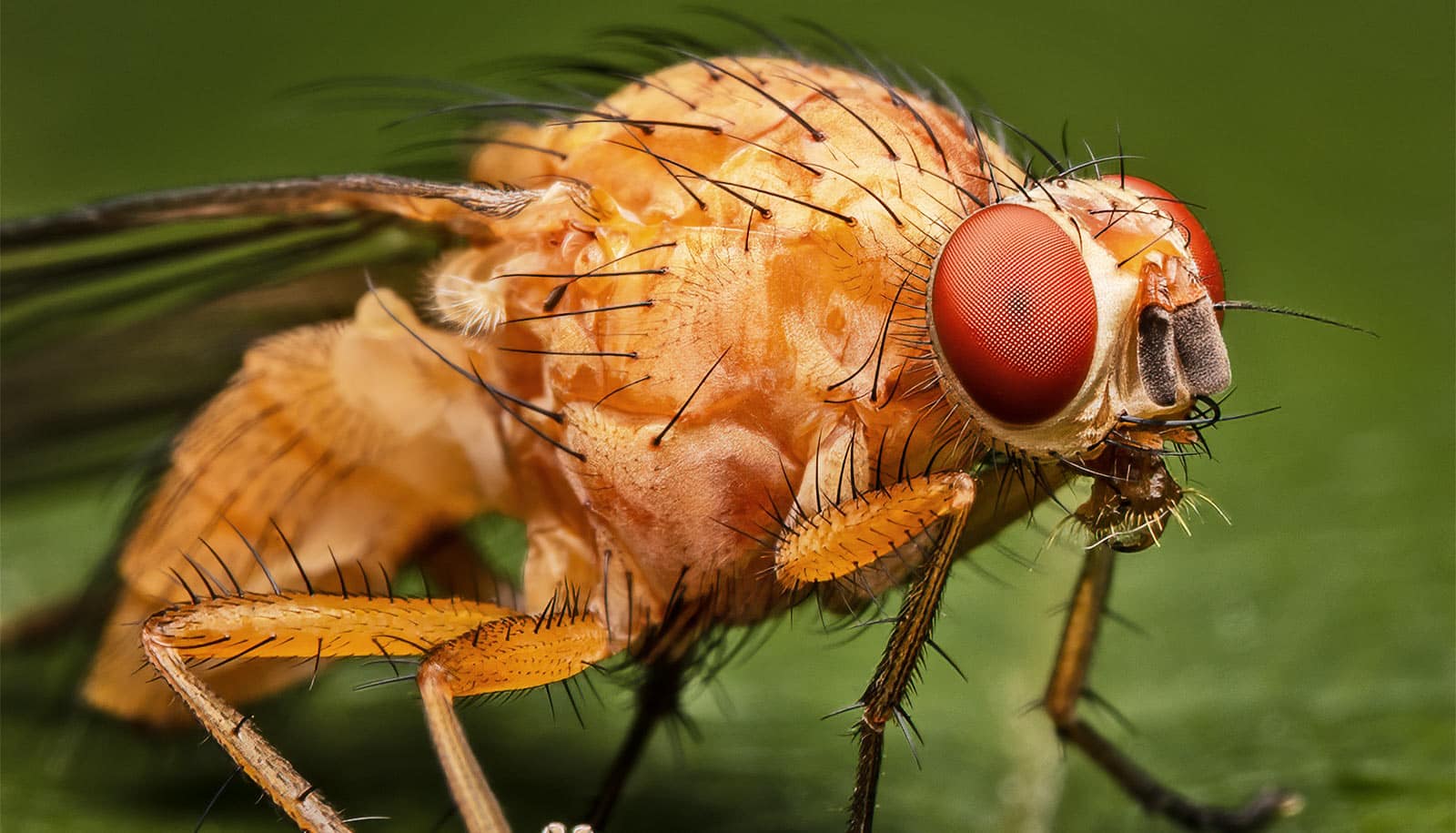Protein “motors” inside cells act like trucks on tiny cellular highways to deliver life-sustaining cargo. Researchers now know how cells deploy enzymes to place traffic control and “roadway under construction” signs along those highways.
The findings could lead to new therapies for spinal cord and nerve injuries and neurodegenerative diseases.
“To stay alive and function, every cell in our body needs to transport cargoes to the place they’re needed inside the cell, in the right amount, and at the right time,” says Robert O’Hagan, assistant research professor of genetics at Rutgers University-New Brunswick and the Human Genetics Institute of New Jersey. “So there has to be a lot of organization in how transport inside the cell is regulated, and now we know a lot more about how that happens.”
The highways inside cells are called microtubules. Proteins called kinesins and dyneins act like motors—and are essentially the cargo trucks in cells. The motor proteins drive cargo around microtubule highways.
A central question in cell biology is how intracellular transport and the highway systems are organized. How do the motor proteins know where to go and how fast they need to be?
As reported in Current Biology, researchers looked at C. elegans, a microscopic roundworm, and looked at microtubules in cilia—hair-like organelles that protrude from cells and perform sensory tasks.
They found that TTLL-11 is an enzyme that puts traffic signs composed of the amino acid glutamate on the microtubule highways to regulate the speed of the protein cargo trucks. CCPP-1 is an enzyme that takes down these glutamate traffic signs when there are too many of them.
“Working together, they seem to regulate the speed of the motors that move cargoes on the microtubular highways,” O’Hagan says.
The scientists also found that the glutamates can also act as a “roadway under construction” sign, changing the highways’ structure.
Intriguingly, these enzymes are involved in degenerating cells that are crucial for vision, as well as neurons. The findings suggest that future therapies targeting these enzymes might counter neurodegenerative diseases or nerve damage, including spinal cord injuries, O’Hagan says.
How spinal cord neurons know where to reach
“The picture that’s emerging from our and other labs’ research is that, for neurons to regenerate after injury or to survive in the brain, they need to be able to reorganize their microtubular highways and their cargo trucks in order to bring the right cargoes around to rebuild or maintain the cell.
“There’s a lot more to be discovered. Our next step is to see how this works in the spinal cord in mammals, so we’ve started studies of rat spinal cord neurons.”
The National Institutes of Health and the New Jersey Commission on Spinal Cord Research supported the work.
Source: Rutgers University



